Szukaj
Wyświetlanie pozycji 11-20 z 29
Microbiological contamination of feed – current hazards and new challenges
(Polskie Towarzystwo Nauk Weterynaryjnych, 2022)
Feed microflora remains a very complex and still largely uncharacterized ecosystem. Given the wide range of
potential sources of microbial contamination that may come into contact with feed, a variety of microorganisms, ...
Scopolamine and atropine in feeds – determination with liquid chromatography mass spectrometry
(2022)
Tropane alkaloids (TAs) are naturally occurring plant toxins. Due to the fact that TA-producing plants can enter the food chain, they pose a risk for animals and human health. Therefore, sensitive analytical methods need ...
Aspekty prawne i normalizacyjne pobierania próbek żywności do badań mikrobiologicznych
(2022)
Food sampling procedures are an important element of ensuring the reliability
of laboratory test results. In particular, it must be ensured that the laboratory
sample sent for microbiological testing reflects the whole ...
Prevalence of veterinary antibiotics in natural and organic fertilizers from animal food production and assessment of their potential ecological risk
(Willey, 2023)
BACKGROUND: Veterinary antibiotics are emerging contaminants and enter into soil principally by agricultural application of organic fertilizers. This paper presents the results of the research obtained for the analyzed ...
Przetworzone białka pochodzenia zwierzęcego w żywieniu zwierząt gospodarskich – nowe uwarunkowania
(Krajowa Izba Lekarsko-Weterynaryjna, 2022)
This article describes current legal regulations on the use of animal proteins in animal feeding, with the special interest on general rules in BSE prevention and control. Now, after more than twenty years, the feed ban ...
Lecznica Dużych Zwierząt. Monografia: Nowe formy profilaktyki i terapii wybranych chorób bydła
(2022)
Za najważniejsze czynniki zatruć można uznać C.botulinum i toksynę botulinowwą, toksyczne alkaloidy roślinne, formaldehyd czy azotany (V) i azotany (III). W związku z powyższym, przedmiotem opracowania są wybrane czynniki ...
Formaldehyd jako czynnik zagrożenia i zakazany dodatek paszowy
(Przedsiębiorstwo Wielobranżowe BEGEPO Sp. z o.o., 2023)
Formaldehyd jest substancją chemiczną występującą powszechnie w środowisku bytowania ludzi i zwierząt, która nie jest obojętna dla naszego bezpieczeństwa. Stąd przedmiotem niniejszego artykułu są aspekty toksykologiczne ...
Przetworzone białka zwierzęce w żywieniu zwierząt gospodarskich - aspekty prawne stosowania i kontroli laboratoryjnej w paszach
(Przedsiębiorstwo Wielobranżowe BEGEPO Sp. z o.o., 2023)
Odnotowane w ostatnim okresie sytuacje kryzysowe w sektorze drobiarskim związane z obecnością niedozwolonych przetworzonych białek zwierzęcych (PAP) w mieszankach paszowych wskazują na potrzebę upowszechniania zasad ...
Metody identyfikacji gatunkowej materiałów paszowych pochodzenia zwierzęcego oraz mięsa i jego przetworów
(Krajowa Izba Lekarsko-Weterynaryjna, 2023)
Despite the introduction, in 2021, of cross-using processed animal protein (PAP), in poultry and swine feed, there is still a risk of secondary contamination or deliberate addition of an undesirable protein species ...
Możliwość wykorzystania owadów jako źródło białka w paszach – praktyka czy tylko teoria?
(2023)
W dostępnej literaturze można znaleźć informacje odnośnie wykorzystania owadów w żywieniu zwierząt gospodarskich. Wszystkie stadia rozwojowe charakteryzują się wysoką zawartością białka ogólnego, w tym aminokwasów egzogennych ...
